If you are trying to get pregnant, chances are that you know that ovulation is one of the most important things involved in the process. You probably already know that menstruation and ovulation are both connected and are both intertwined in the process of conception. What we are going to do in this article is try to explain a little more and help you to understand a little more about how the two processes are connected. Claim Your 20 Free Ovulation Tests – Click Here

First of all, it might help to know a little bit more about what ovulation is exactly. Ovulation is defined as when the egg is ejected from the ovary. Ovulation occurs only once each menstrual cycle, roughly halfway within your cycle. You have to ovulate in order to get pregnant. Your menstrual cycle and your menstrual period are also two very different things.

Your menstrual period is the time that you are actually bleeding. Your menstrual cycle, on the other hand, is the entire cycle, from the time you start bleeding, until your next menstrual period starts. The day that you start bleeding is not only day 1 of your menstrual period, but also day 1 of your menstrual cycle as well.

After your menstrual cycle begins, around day 14, that is when ovulation will occur. Around day 14, ovulation occurs, and then, 14 days later, your next period starts. This is where the estimate of a 28 day cycle comes in. Bleeding… Fourteen days later, ovulation… Fourteen days later, bleeding again. See? Pretty simple really. You ovulate in between your periods, once per month.

Your ovulation cycle is divided into two parts: Follicular Phase and Luteal Phase. Follicular phase is known as days 1 through 13, starting with the first day of your period up until the day of ovulation (Day 14). During the follicular phase, the egg grows and matures and prepares to be released.
Around day 14, the body experiences a surge of a hormone known as the luteinizing hormone (you might have heard this referred to as LH), and the egg is released from the ovary. This then starts the luteal phase. The luteal phase is from the time the egg is released to the time you begin your period again. The luteal phase usually only lasts 12-16 days, and will be determined by the day of ovulation.

The egg only lives for around 12-24 hours after being released from the ovary, and this is when you can get pregnant. You are the most fertile from the day you ovulate, and a few days prior. Your body only releases one egg usually, but sometimes it can release two. (or more!) This is when people get pregnant with twins or multiples. Ovulation and your menstrual cycle is affected by a ton of factors, including stress, illness, exercise, or a major change in your day to day life.
You should be aware that your period can still happen even if you are not ovulating. On the flip side, you can also ovulate even if you don’t have your period. They are connected, but they do not depend on each other. Hopefully now you have learned a little more about how menstruation and ovulation are connected!

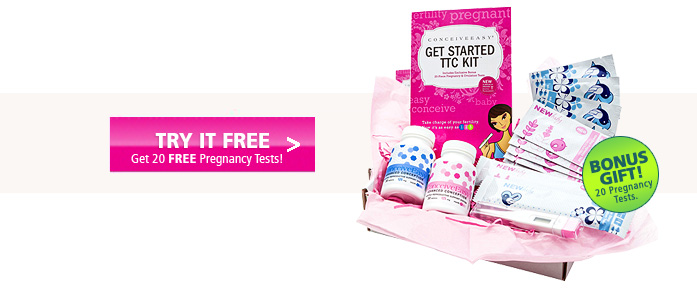
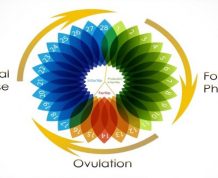

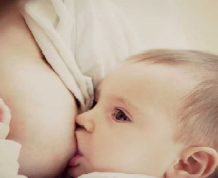
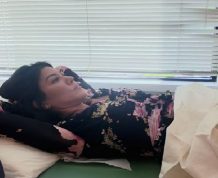
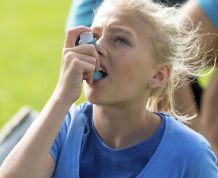
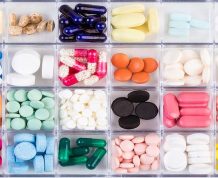
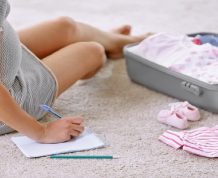

Comments